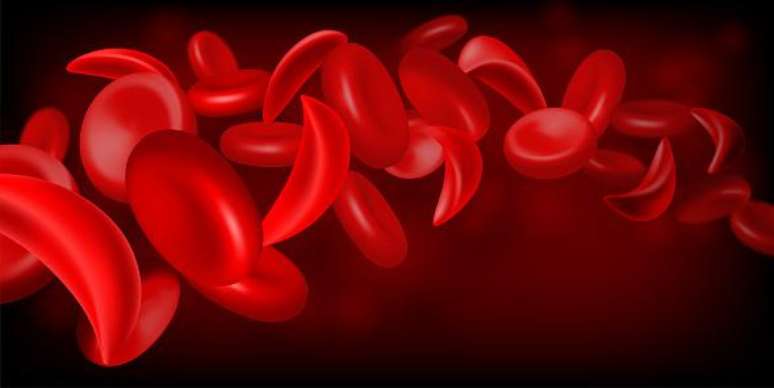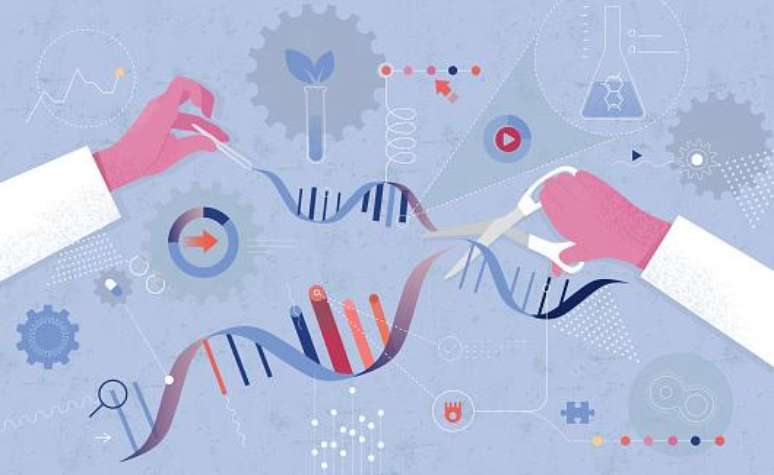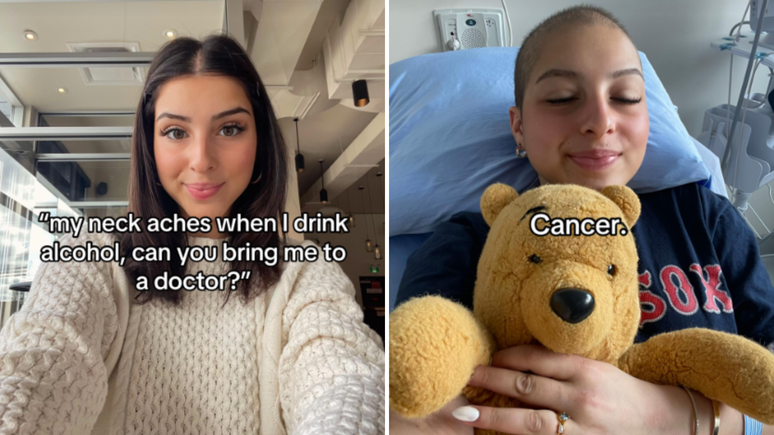Sickle cell anemia is a disease caused by a genetic mutation that causes red blood cells to deform. What many do not know is that, to be a carrier of the disease, the altered gene must be passed on from the father and mother. However, it is a problem that affects tens of thousands of Brazilians who often do not know they are sick, considering that it is a practically “invisible” disease.
To try to resolve these cases, the UK regulatory agency was the first in the world to approve a gene therapy with the potential to cure two diseases that affect blood cells: sickle cell anemia and beta thalassemia. The treatment is pioneering the use of a gene editing tool called CRISPR.
Use of gene therapy
DNA is made up of the set of information that defines human life. Inside, the genes we carry carry all the information about how each of our cells should function. With this in mind, gene editing tools work to precisely manipulate the data we carry with us.
The treatment developed in the United Kingdom, for example, involves the collection of stem cells from the bone marrow of a patient suffering from one of the diseases that affect our blood cells. Laboratory tests using the gene editing tool CRISPR work through a kind of “molecular scissors”, which make precise cuts in the DNA of these cells.
In this way it is possible to deactivate the defective genes that cause diseases. These modified cells are later reinfused into the body, ensuring better functioning. This type of technique allows patients to start producing hemoglobin within the expected standards and to recover a state of full health.
Positive results

In the clinical studies presented by the researchers, 28 of 29 sickle cell patients who underwent this treatment stopped experiencing severe pain. Furthermore, 39 of the 42 patients with beta thalassemia no longer needed blood transfusions for at least a year.
Scientists hope that the use of gene therapy could be a permanent solution for these people. The next phase involves continuing testing on patients in the UK, US, France, Germany and Italy. According to the Brazilian Ministry of Health, it is estimated that between 60 and 100 thousand people suffer from sickle cell anemia. However, gene therapy is not yet expected to come to us.
Meanwhile, bone marrow transplant remains the only type of treatment for these Brazilians. However, unlike gene therapy, this procedure requires a donor who is closely matched to the affected patient and may also present a risk of rejection. The arrival of new methods to deal with such a common problem in the world would make the path easier for countless people.
Vertex, the American pharmaceutical company responsible for gene therapy, wants its product to be used on a large scale. For this to happen, the procedure will have to be regulated in several other parts of the world and it will also be necessary for public health services to be willing to pay a price to be determined.
Source: Terra
Ben Stock is a lifestyle journalist and author at Gossipify. He writes about topics such as health, wellness, travel, food and home decor. He provides practical advice and inspiration to improve well-being, keeps readers up to date with latest lifestyle news and trends, known for his engaging writing style, in-depth analysis and unique perspectives.






![Such an excellent sun in advance: Summary of the episode on Monday, August 25, 2025 [SPOILERS] Such an excellent sun in advance: Summary of the episode on Monday, August 25, 2025 [SPOILERS]](https://fr.web.img4.acsta.net/img/d4/f7/d4f7205d1d5c20b03112603176615360.jpg)


